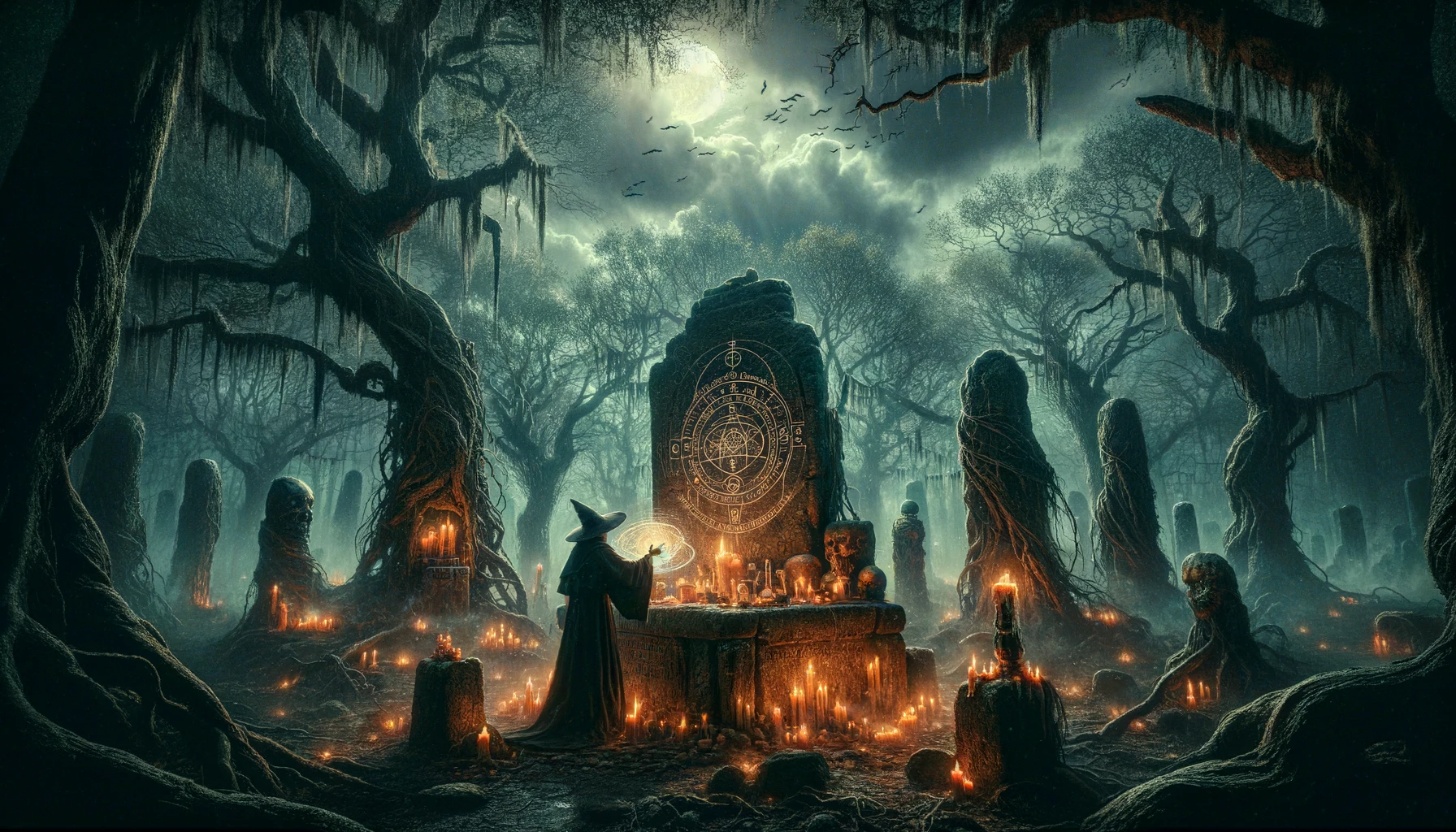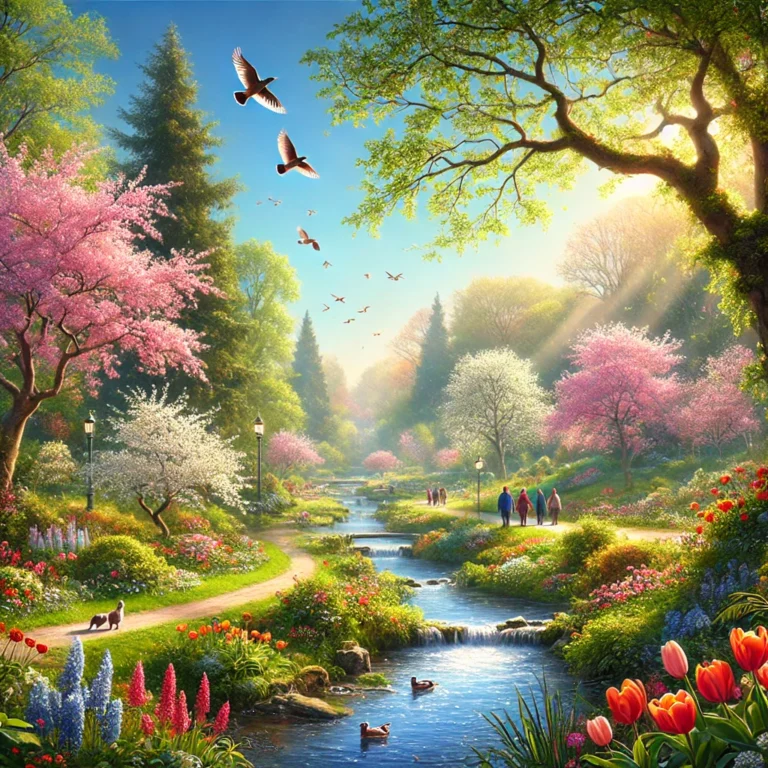Thezburg Voodoo: Unveiling the Mysteries of an Ancient Tradition
Introduction
Voodoo, often misunderstood and shrouded in mystery, is a spiritual and cultural practice that has captivated the imaginations of many. Among its various forms, Thezburg Voodoo stands out as a unique and intriguing tradition that blends ancient rituals with modern influences. In this blog, we will explore the origins, practices, and significance of Thezburg Voodoo, shedding light on its cultural importance and dispelling common myths. Whether you’re a curious learner or a spiritual seeker, this journey into Thezburg Voodoo promises to be both enlightening and fascinating.
The Origins of Thezburg Voodoo
Thezburg Voodoo, like many other forms of Voodoo, traces its roots back to West Africa. It is believed that Thezburg Voodoo was brought to the Caribbean and the Americas by enslaved Africans who carried their spiritual beliefs and practices with them. Over time, these traditions evolved and adapted to new environments, blending with indigenous beliefs and Christian practices. Thezburg Voodoo, in particular, has a strong connection to the island of Thezburg, where it has been practiced for centuries.
Thezburg itself is a small island rich in history and culture. The locals, who are deeply connected to their ancestral roots, have preserved the traditions of Thezburg Voodoo, passing them down from generation to generation. The island’s isolation has allowed Thezburg Voodoo to develop its unique characteristics, distinguishing it from other forms of Voodoo practiced around the world.
Core Beliefs and Practices of Thezburg Voodoo

At the heart of Thezburg Voodoo lies the belief in a pantheon of spirits, known as Loa, who act as intermediaries between the human world and the divine. These spirits are revered and invoked through rituals, ceremonies, and offerings. Each Loa has its own distinct personality, domain, and preferences, and practitioners of Thezburg Voodoo build relationships with these spirits to seek guidance, protection, and blessings.
One of the most important aspects of Thezburg Voodoo is the concept of “service” to the Loa. This service can take many forms, including prayers, songs, dances, and sacrifices. Rituals are often conducted at sacred sites, such as temples or natural landmarks, where the presence of the Loa is believed to be strong. These rituals are a way for practitioners to connect with the spiritual world and ensure harmony between the physical and metaphysical realms.
The Symbolism and Tools of Thezburg Voodoo
Symbols play a significant role in Thezburg Voodoo, with each symbol carrying deep spiritual meaning. One of the most iconic symbols is the Veve, a sacred drawing made with powdered substances such as cornmeal, flour, or ash. Veves are used to summon specific Loa during rituals and are believed to act as a gateway between the material and spiritual worlds.
In addition to Veves, other tools and objects are commonly used in Thezburg Voodoo rituals. These include candles, incense, drums, and altars adorned with offerings. The choice of colors, herbs, and objects used in these rituals is often specific to the Loa being invoked, reflecting their preferences and attributes. For example, offerings to Erzulie, the Loa of love and beauty, may include flowers, perfumes, and sweets, while offerings to Ogun, the Loa of war and iron, may involve weapons and rum.
The Role of the Houngan and Mambo
Thezburg Voodoo is a community-oriented practice, with spiritual leaders playing a central role in guiding and conducting rituals. These leaders, known as Houngans (priests) and Mambos (priestesses), are highly respected members of the community. They possess deep knowledge of the traditions, rituals, and Loa, and are responsible for performing ceremonies, healing, and divination.
Becoming a Houngan or Mambo is not an easy path. It requires years of training and initiation, during which the individual undergoes spiritual trials and learns the sacred knowledge of Thezburg Voodoo. Once initiated, they serve as intermediaries between the human and spirit worlds, offering their services to those in need. Their role is not only to perform rituals but also to provide guidance, counseling, and protection to the community.
Misconceptions and Realities of Thezburg Voodoo
Thezburg Voodoo, like many other forms of Voodoo, has often been misunderstood and misrepresented in popular culture. Hollywood movies and sensationalized media portrayals have contributed to the image of Voodoo as a dark, sinister practice associated with curses, zombies, and black magic. However, these depictions are far from the truth.
In reality, Thezburg Voodoo is a deeply spiritual practice rooted in the belief in the interconnectedness of all life. It is a religion that emphasizes respect for the natural world, the ancestors, and the spirits. While there are rituals that involve the use of spiritual power, these are conducted with the intention of healing, protection, and maintaining balance, rather than causing harm.
Another common misconception is that Voodoo is a homogenous religion. In fact, Voodoo is highly diverse, with each region and community having its own unique practices and beliefs. Thezburg Voodoo, for example, has its own distinct traditions that set it apart from other forms of Voodoo practiced in places like Haiti or New Orleans.
The Influence of Thezburg Voodoo on Art and Culture

Thezburg Voodoo has had a profound influence on the art and culture of the island. This can be seen in the vibrant music, dance, and visual arts that are deeply intertwined with Voodoo rituals. Drumming, in particular, is an essential part of Thezburg Voodoo ceremonies, with rhythms that are believed to invoke the presence of the Loa and facilitate communication with the spirit world.
The visual arts of Thezburg also reflect the influence of Voodoo, with many artists drawing inspiration from the symbols, rituals, and deities of the religion. Paintings, sculptures, and crafts often depict scenes from Voodoo ceremonies or the imagery of the Loa. These works of art are not only beautiful but also serve as a form of spiritual expression and connection to the ancestors.
The Future of Thezburg Voodoo
As the world becomes more interconnected, Thezburg Voodoo faces both challenges and opportunities. On one hand, globalization and modernization have led to a decline in traditional practices, as younger generations are drawn to more contemporary lifestyles. On the other hand, there is a growing interest in indigenous and ancestral spiritual practices, with people around the world seeking to reconnect with their roots.
For Thezburg Voodoo, this presents an opportunity to share its rich cultural heritage with a broader audience. By preserving and promoting its traditions, Thezburg can continue to be a beacon of spiritual wisdom and cultural pride. Efforts to document and teach the practices of Thezburg Voodoo, both within the community and to the outside world, are crucial for ensuring that this ancient tradition continues to thrive.
Conclusion
Thezburg Voodoo is more than just a religion; it is a way of life that encompasses the spiritual, cultural, and social aspects of the Thezburg community. Its rich traditions, deep spirituality, and vibrant rituals make it a unique and fascinating practice that deserves to be understood and respected. By exploring the true essence of Thezburg Voodoo, we can gain a greater appreciation for the diversity of human spiritual expression and the importance of preserving our cultural heritage.
As we conclude this journey into the world of Thezburg Voodoo, let us remember that this ancient practice is not just a relic of the past, but a living tradition that continues to inspire and guide those who seek a deeper connection to the spiritual world. Whether you are drawn to Thezburg Voodoo out of curiosity or a genuine interest in spirituality, may your exploration be one of learning, respect, and enlightenment.





